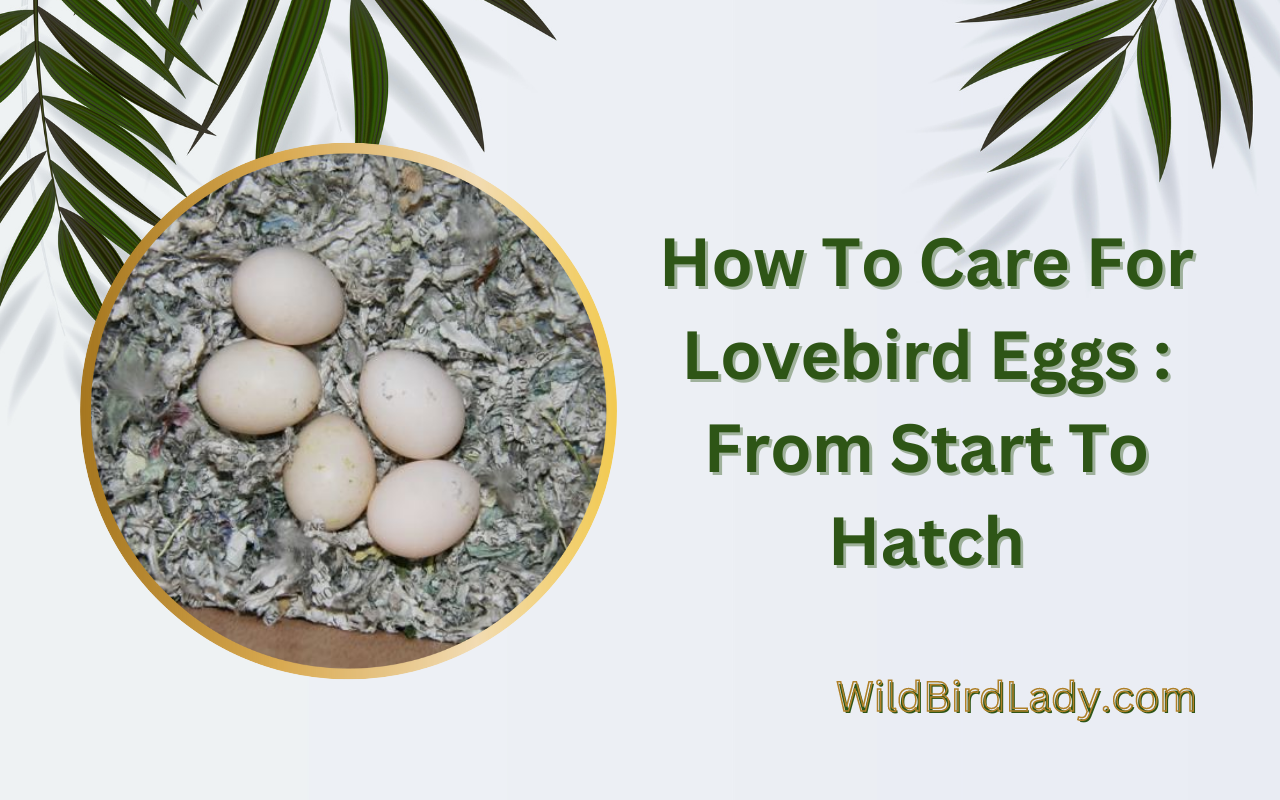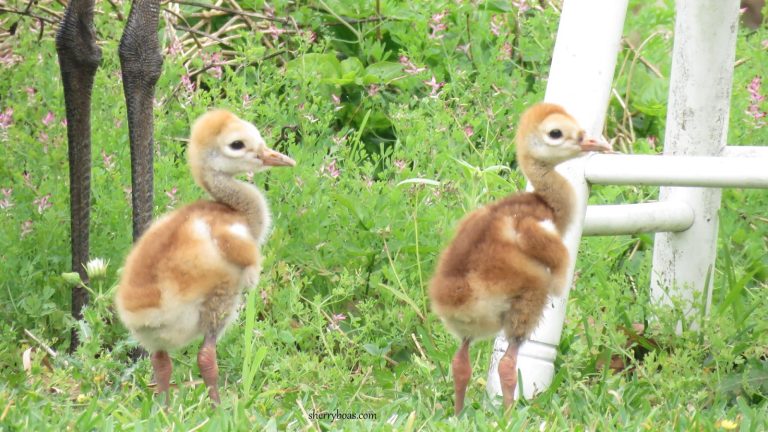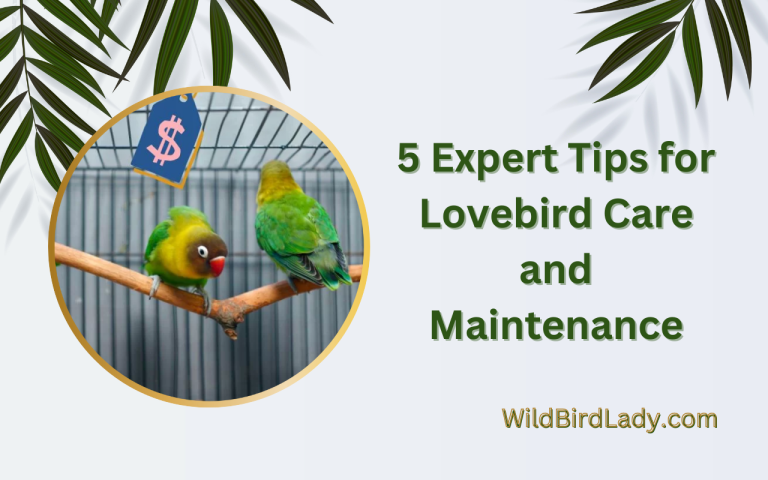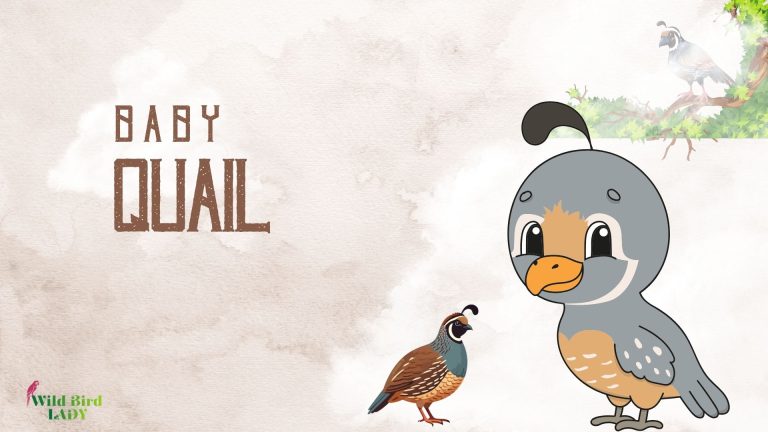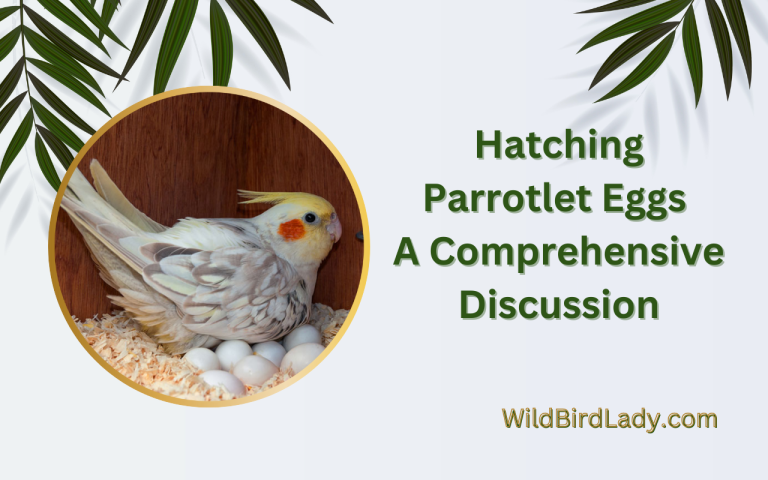How To Care For Lovebird Eggs – From Start To Hatch
🐥 To care for lovebird eggs from start to hatch, maintain consistent temperature and humidity levels. Additionally, avoid handling the eggs too often and keep the nesting area clean and quiet.
Caring for lovebird eggs can be an incredibly rewarding experience, but it requires attention to detail and consistency. Whether you’re breeding lovebirds for fun or planning to sell the chicks for profit, ensuring the health and safety of the eggs is the first step towards success.
From the moment the eggs are laid, they require consistent temperature and humidity levels to ensure proper development. Additionally, the nesting area should be kept clean and free of disturbances, and the eggs should be handled as little as possible to avoid damaging their delicate shells. In this article, we’ll cover everything you need to know to ensure your lovebird eggs hatch successfully and thrive.
Preparing For Lovebird Breeding Season
Breeding lovebirds can be a rewarding experience, but it’s crucial to be well-prepared before you begin. Here are some tips for getting ready for lovebird breeding season.
Time Of Year To Breed Lovebirds
Lovebirds are seasonal breeders, meaning they breed during specific times of the year. In general, it’s best to breed lovebirds during the spring and summer when the weather is warmer and the days are longer. This is when the birds are most active and have a higher chance of successfully producing and raising their young.
Setting Up A Suitable Nesting Area
Before you begin breeding your lovebirds, it’s essential to provide them with a suitable nesting area. Here’s what you need to keep in mind when setting up your lovebirds’ nesting area.
- Choose a breeding cage or nesting box that provides enough space for the birds to move around comfortably.
- Place the nesting area in a quiet and peaceful location to reduce any stress or distractions for the birds.
- Use soft materials such as shredded paper or wood shavings as the bedding material.
- Make sure the nesting area is kept clean and hygienic at all times to prevent any infections or illnesses.
Providing Proper Nutrition And Hydration For Parents
Breeding can be physically demanding for lovebirds, so it’s crucial to provide them with adequate nutrition and hydration to support a healthy breeding process. Here are some guidelines to keep in mind.
- Provide a balanced and nutrient-rich diet that includes fresh fruits, vegetables, and high-quality pellets or seeds.
- Offer plenty of fresh, clean water at all times to ensure that the birds stay hydrated and healthy.
- Consider adding a calcium supplement to the birds’ diet to support the mother bird’s egg production and the health of the developing eggs.
Breeding lovebirds requires a bit of preparation and attention to detail, but it can be a rewarding experience that brings new life into your home. By following these guidelines, you can create a safe and comfortable environment that supports your lovebirds throughout the breeding process.
Understanding Lovebird Breeding Behavior
Lovebirds are interesting creatures, and watching them go through their breeding process can be pretty exciting. These little birds will go to great lengths to attract a mate and begin the process of creating a family. As a lovebird owner, it is necessary to understand the breeding behavior of these birds to help them go through the process as smoothly as possible.
We will be discussing some key points regarding lovebird mating rituals, nesting behaviors, and how to spot potential issues or complications to help care for lovebird eggs.
Lovebird Mating Rituals
Lovebirds are monogamous birds, meaning that they mate for life and stick with one partner throughout life. When they are ready to mate, the male lovebird will be the one who initiates the process. The male bird will often bow down, spread his wings, puff out his feathers, and make a high-pitched sound to get the female bird’s attention.
Once the female bird is interested, the male will start to feed her food, a gesture that is an integral part of their bonding process. During this time, the male lovebird may become territorial and even aggressive. It is essential to ensure that they have a nestbox in their cage or aviary so that the female lovebird has somewhere safe to retreat if necessary.
Nesting Behaviors And Preferences
After mating, lovebirds will start searching for the ideal place to lay their eggs. They prefer cozy, dark, and secure spaces, which makes a nestbox a perfect option. It is necessary to provide a nestbox that is the correct size and shape for lovebirds in the breeding process.
This means that it should be big enough for the female lovebird to turn around without any difficulty.
As a lovebird owner, it’s also crucial to provide the birds with nesting materials like shredded paper, hay, wood shavings, and leaves. These materials will make the nestbox more comfortable and secure for the lovebirds, and it will also encourage them to breed, making your job of caring for lovebird eggs easier.
How To Spot Potential Issues Or Complications
Breeding lovebirds is not without its challenges, and it’s essential to know what to look out for when caring for lovebird eggs. Some potential issues that may arise during breeding include:
- Infertility in either male or female bird
- Egg-binding
- Lack of interest in the nest or eggs
- Abandoned eggs
If any of these issues arise, it is crucial to contact your vet or an experienced lovebird breeder for help.
Lovebirds are monogamous birds, and once paired, they will bond for life. Providing a cozy and secure nestbox with appropriate nesting materials will encourage them to breed without complications. It is essential to watch out for any potential problems and seek help from experts if they arise.
With proper care and attention, lovebirds will be happy and healthy, and you’ll be rewarded with adorable baby lovebirds in no time.
Monitoring Lovebird Pregnancy And Hatching
Regular Monitoring Of Lovebird Eggs
When lovebirds lay eggs, it’s vital to keep a close eye on them. Regularly monitoring the eggs can help ensure that the mother bird and her babies are healthy. Here are some key points to keep in mind when monitoring your lovebirds’ eggs:
- Check the eggs every day. This will allow you to keep track of any changes that may occur.
- Record the number of eggs and their laying dates. This will help you track how long it takes for the eggs to hatch and know when to expect them to hatch.
- Observe the behavior of the mother bird. She will sit on her eggs for the majority of the day and only leave to eat or drink. If she leaves for an extended period, it’s an indication that something may be wrong with the eggs.
Identifying Potential Issues Like Abnormal Egg Shapes Or Colors
While monitoring the eggs, it’s crucial to look for any irregularities that may arise. Identifying abnormal egg shapes or colors can help you take the appropriate measures to ensure the safety of the baby birds. Here are some things to note:
- Keep an eye out for eggs that are too small or too large. These eggs may be malformed and have difficulty hatching.
- Female lovebirds usually lay eggs that are light blue or green. If you see eggs that are a different color, it’s best to consult a veterinarian.
- Discoloration or surface damage on the eggshell can pose a threat to the embryo inside. Be sure to inspect each egg carefully for these signs.
Discussing The Incubation Period And Hatching Behaviors
Lovebirds incubate their eggs for approximately 23 to 24 days. During this period, it’s important to keep the eggs in a warm, dry place where they won’t get disturbed. After the incubation period, the eggs will start to hatch, and this is where things get exciting! Here are some key points to keep in mind:
- Baby lovebirds will peck their way out of the egg using an egg tooth on the top of their beak. This process can take several hours, and it’s best not to interfere unless there is a visible problem.
- The mother bird will typically stay with her babies for a few days after they hatch to help them acclimate to their new environment.
- Baby lovebirds are born with their eyes closed, but they’ll start to open after about 10 days.
By regularly monitoring your lovebirds’ eggs and understanding hatching behaviors, you’ll be well-equipped to provide the best possible care for your new feathered friends.
Caring For Lovebird Fledglings
Understanding The Post-Hatching Development Process
When it comes to caring for lovebird fledglings, it’s essential to have a basic understanding of the post-hatching development process. Here’s what you need to know:
- Lovebird chicks will hatch after approximately 23 to 30 days of incubation, and they will be blind, naked, and entirely dependent on their parents for food and warmth.
- Within a few days of hatching, their eyes will open, and they will start to grow feathers. They will also become more vocal, and you will hear them chirping to their parents for food.
- When they reach two weeks old, their primary feathers will start to grow, and they will be able to perch on their own. However, they will still require regular feeding from their parents.
- As they continue to grow, their flight feathers will develop, and they will attempt to fly for the first time around 4 to 5 weeks old.
- By the time they reach 8 weeks old, they should be fully fledged and ready to leave the nest.
Providing A Safe And Comfortable Living Environment
Once the lovebird chicks have hatched, it’s crucial to provide them with a safe and comfortable living environment. Here’s what you need to know:
- Keep the temperature in their enclosure between 85 and 90 degrees fahrenheit to keep them warm. You can use a heat lamp or a heating pad to maintain the temperature.
- Provide a nesting box that is large enough to accommodate both the parents and the chicks comfortably. Ensure that it has clean, dry nesting material to keep the chicks warm and free from moisture.
- Keep their enclosure clean by changing the bedding regularly. This will prevent the growth of harmful bacteria that can cause illness.
- Place perches and toys in their enclosure to encourage healthy play and exercise. This will also help strengthen their muscles in preparation for flight.
Proper Nutrition And Hydration Post-Hatch
Proper nutrition and hydration are crucial for the health and development of lovebird fledglings. Here’s what you need to know:
- Lovebird chicks require a diet that is high in protein to support their rapid growth. You can provide them with a commercial lovebird hand-feeding formula that you can mix with warm water to create a paste-like consistency.
- Feed the chicks every two to three hours during the day, decreasing feedings to twice a day as they grow older. Ensure that the formula is warm but not too hot, as it can cause burns to their crop and be fatal.
- You can also add cooked quinoa and millet, finely chopped fresh fruits, and vegetables to their diet once they are three weeks old. Gradually increase their solid feedings and decrease formula feedings until they are fully weaned.
- Provide fresh, clean water in a shallow dish once the chicks reach eight weeks old. They may not drink much water initially, but it’s essential to keep it available.
Remember that caring for lovebird fledglings requires patience, dedication, and attention to detail. By providing a safe and comfortable environment, proper nutrition, and hydration, you can help your lovebird chicks grow into healthy adult birds.
Frequently Asked Questions
How Long Does It Take For Lovebird Eggs To Hatch?
Lovebird eggs typically take between 21-30 days to hatch, but some may hatch a day or two earlier or later. The temperature and humidity level in the environment can play a significant role in hatching time.
How Can I Tell If A Lovebird Egg Is Fertile?
Candling the egg is the best way to determine fertilization. Hold the egg up to a bright light and look for dark veins. Fertile eggs will have visible veins, while infertile ones will appear clear.
How Often Should I Turn Lovebird Eggs?
It is recommended to turn the eggs at least three times a day to prevent the embryo from sticking to the shell and improve the viability of the hatchlings. Avoid turning them during the last few days before hatching.
Should I Provide Additional Heat For Lovebird Eggs?
Lovebird eggs require an optimal temperature range of 99-101 degrees fahrenheit for proper development. If the room temperature is too low, you may need to provide additional heat, but be cautious not to overheat the eggs.
What Should I Do If An Egg Doesn’t Hatch?
If an egg doesn’t hatch after 32-35 days, it is time to discard it. Be sure to dispose of it carefully to prevent any potential spread of bacteria or disease.
Conclusion
As you now know, taking care of lovebird eggs is a delicate process that requires patience and dedication. However, all your efforts are worth it in the end when you see the tiny chicks hatching out of their shells. Following the tips outlined in this article, you can ensure that the eggs are adequately incubated, monitored, and fed once they hatch.
Remember to keep the temperature and humidity levels consistent, keep the eggs clean, and provide adequate nutrition to the growing embryos. With these measures in place, you can expect a successful hatching process. Furthermore, it is essential to offer the newborn chicks a healthy and conducive environment to grow and thrive.
By keeping these measures in mind, you can enjoy raising these beautiful birds and even breed them further down the line.

